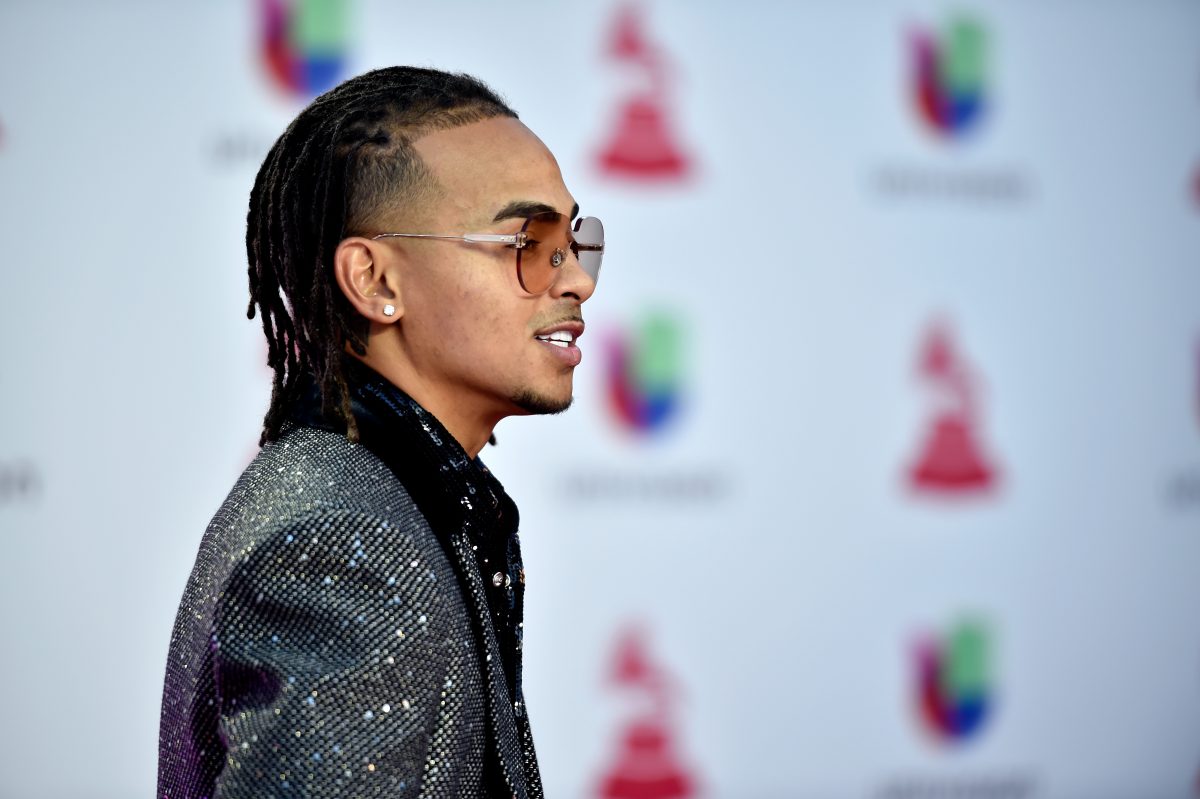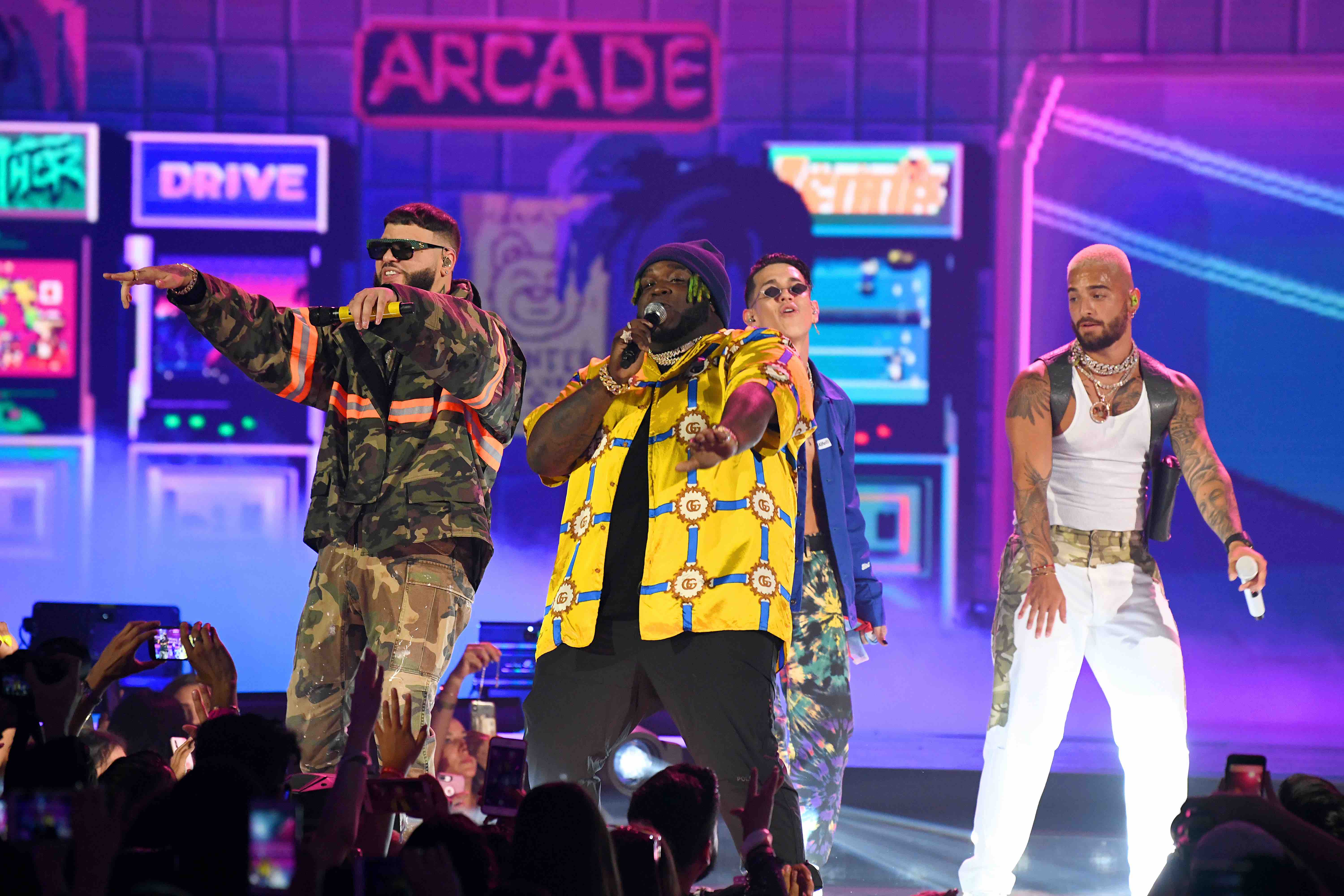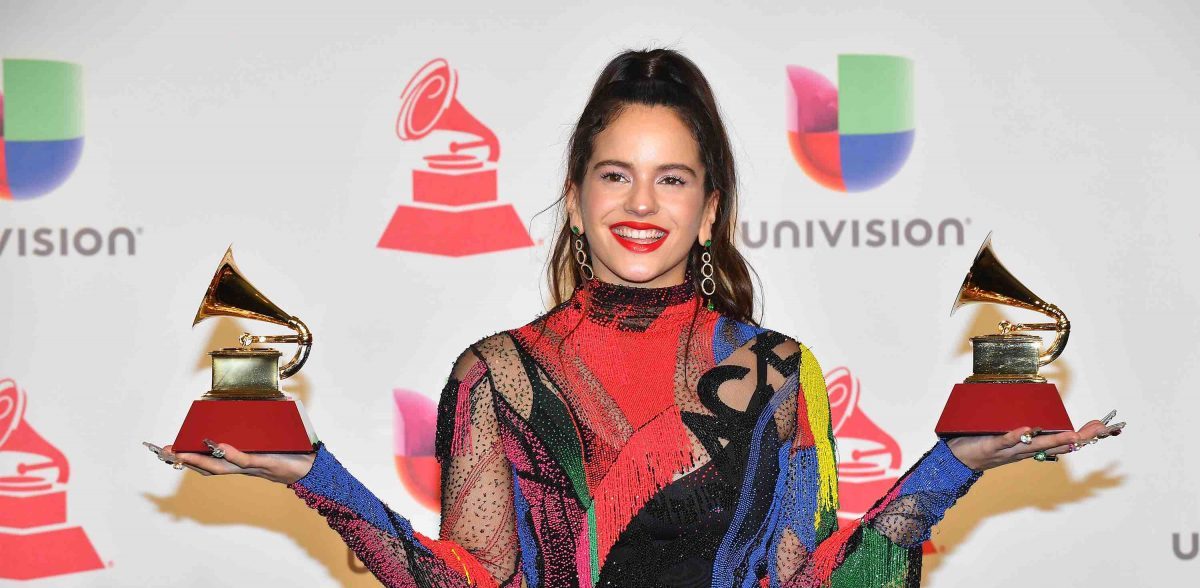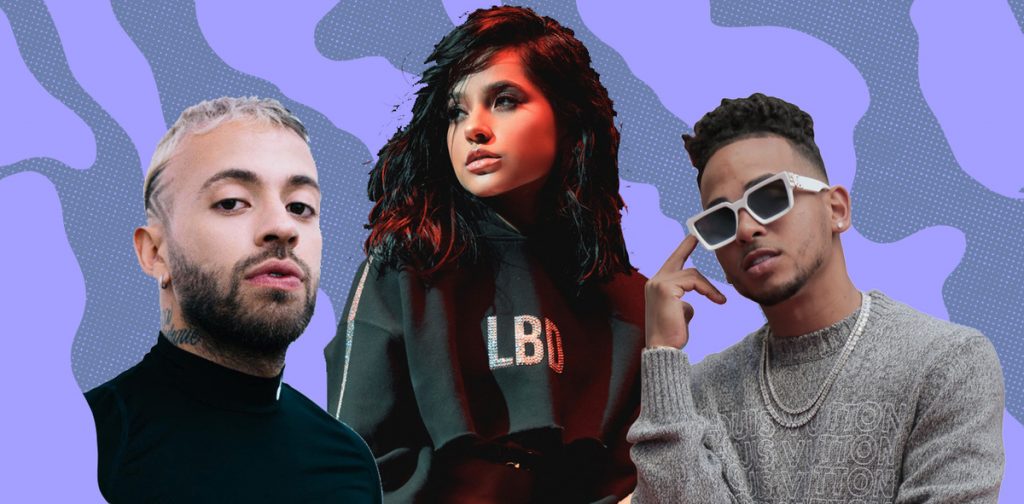“When did Remezcla come to be?” Billboard Latin Vice President Leila Cobo scours my brain and hers as we converse about the current state of media, particularly when it comes to the coverage and conversation around Latin music.
“I always felt that we were the only ones,” she says, referencing to both Remezcla and Billboard, the publication she’s worked with for the last 19 years. “You read an article on Latin music in The New York Times, and it was like a miracle. It was so infrequent. And then [in mid-aughts,] Remezcla came in, and… by being in English [we were] preaching the gospel of Latin music to the world.”
Cobo is preparing for the first-ever Billboard Latin American Awards Summit. Every minute of the day must be planned to the T and, as head of Latin, the onerous task of what the day will look like is largely up to her.
So far, a rather exciting list of rising artists like Dalex, Feid, Joss Favela and Piso 21 are confirmed for performances. Wisin y Yandel, Becky G, Ozuna and others, including actor Eugenio Derbez, will participate in speaking capacities.

Similar to Latin Music Week, which serves as an extension to its long-running award show, the Latin AMAs Summit will include panels, roundtables that highlight Latinx talent in music and other spheres of culture, and, of course, an exclusive cocktail party for the greats that machinate and execute everything from behind the scenes to rub shoulders and feel the warmth of the spotlight for a change. Slated for Tuesday, October 15, the day will serve as a prelude to this year’s Latin American Music Awards on October 17. Why celebrate Latin music for one night when you can do so for two?
While Billboard‘s annual week in Las Vegas often focuses on the business side of the industry, this set of events, Cobo says, will be artist-centric and all about the craft. “Part of the conversation,” she shares, “will [also] be about the challenge today of building positive images of Latinos at a time when there’s so much negative messaging about [us], and what the challenges and opportunities are around that.”

A lot, yet nothing at all, seems to have changed within the last few years of Latin music’s rise. As artists like Sech call attention to the isthmus’ talent, Black Panamanians are starting to get their due. Spanish artists continue to reign supreme in Latin award shows. Urbano continues to fight for its place at the table. And, last but not least, Anglo media is forever catching up, adapting to the reality that now English-language artists cross over to Latin and not the other way around.
“I would rather people write and talk about it than not.”
“I think we’ve passed from total oblivion to awareness and I think that’s great,” the veteran Colombian journalist says of more widespread coverage of Latinx talent. “Do they always do it right? No, they don’t. I think there’s a lot of, ‘Oh my god, I discovered Latin music so now I’m writing about it.’ But at least they’re writing about it. I would rather people write and talk about it than not.”
Over the last few years, one thing remains consistent. The team at Billboard is the sole, or at least primary, source of hyper-specific chart data. For years, its numbers have served as a source of clout, measure of success (for artists and their networks – particularly in Latin music). Plus, the charts are often heavily boasted about in media profiles and song lyrics alike.
Latin music is statistically and unquestionably amongst the most popular on a global level.
Despite ongoing conversations around murky identifiers, what and who is included in that all-encompassing term isn’t really cause for debate at the Billboard household, nor the award shows that it helps inform (including the Latin AMAs). The why is rather simple. “The definition we use,” Leila explains, “whether rightly or wrongly, [is] music that is more than 50% in Spanish. Is it the right term? I don’t know. Is it the ideal term? I don’t know. But that is the [definition] we use right now.”

This year, Rosalía (a stellar Spanish artist who redefined pop with her take on flamenco, yet has generated conversation following her recent sonic shift) is nominated for New Artist of the Year as well as Favorite Female Artist. She also holds the second-most Latin Grammy nominations. Most recently, the 26-year-old was featured on Billboard’s latest cover – which announces the annual Latin Power Players list – in part because prior to that, as she reminds us in her cover story video, her sophomore album topped both the Spanish Albums chart and the US Latin Pop Albums chart.
“They’re certainly not [Latin], but if they make a song in Spanish, they’re gonna be on that Latin chart.”
“We’ve had Celine Dion, we’ve had Beyoncé. They’re certainly not [Latin], but if they make a song in Spanish, they’re gonna be on that Latin chart and, I have to say,” the writer who penned the cover story says, “on a personal note, I don’t understand why people would be upset at that.”
Though Cobo makes it crystal clear she’s not a historian, she takes a moment to explain the logic, from what she calls an academic perspective. “The term ‘Latin’ comes from the cities of Latium which is in Italy, in the Italian peninsula, so I guess Laura Pausini… is the ultimate Latin, because she’s Italian,” she says. But this explanation is obviously not one that Latino communities unanimously accept.
Music, she believes, is fluid. “To expect music to stay on one lane and not have it bleed out is weird,” she adds. “No art form behaves like that. That would be counterintuitive to what art is.”
For now, it’s probably safe to say you shouldn’t expect to see Bey or Justin Bieber at the Summit, nor traditional media corporations move away from their conventional definers.
On the other hand, atypical inclusions on Latin music show rosters (aka Kali Uchis, who was tapped for the Latin AMAs), and the Summit superstar panel (which includes Farruko, who seldom does interviews but is notoriously quite candid when he does) are things to look forward to this week. Registration for the day of events in Los Angeles is priced at $200 and is still open.







